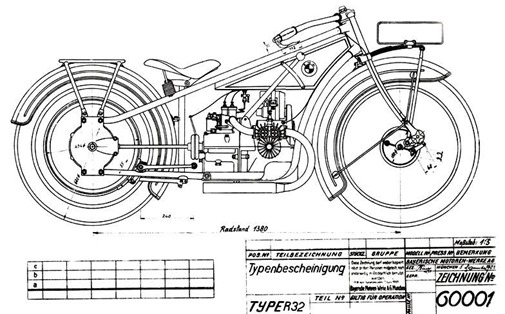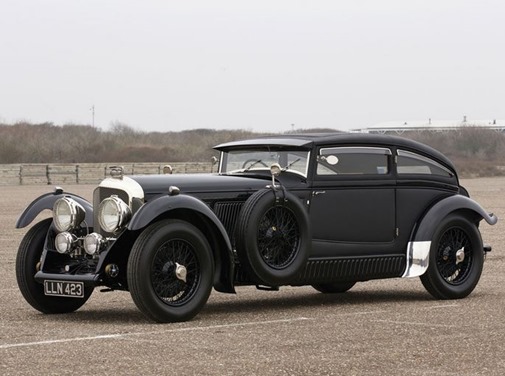![a12060_pobeda_01 a12060_pobeda_01]()
![a12060_pobeda_02 a12060_pobeda_02]()
![a12060_pobeda_03 a12060_pobeda_03]()
The GAZ-M20 "Pobeda" (Russian: ГАЗ-М20 Победа; Победа) was a passenger car produced in the Soviet Union byGAZ from 1946 until 1958. It was also licensed to Polish Fabryka Samochodów Osobowych, as FSO Warszawa. Although usually known as the GAZ-M20, an original car’s designation at that time was just M-20, for "Molotovets" (GAZ factory bore a name of Vyacheslav Molotov).
![a12060_pobeda_04 a12060_pobeda_04]()
Originally intended to be called Rodina (Homeland), the name Pobeda (Victory) was a back-up, but was preferred by Stalin. The first Pobeda was developed in the Soviet Union under chief engineer Andrei A. Liphart. "Pobeda" means "victory"; and the name was chosen because the works started in 1943 at Gorky Avto Zavod (GAZ, "Gorky Car Plant"), when victory in World War II began to seem likely, and the car was to be a model for post-war times. (The plant was later heavily bombarded, but work was unaffected.) Styling was done by the imaginative and talented Veniamin Samoilov, which admitted to have drawn inspiration from the 1938 Opel Kapitän. The monocoque body and front suspension is also of a similar construction. The modern ponton styling, with slab sides preceded many Western manufacturers. The M20 was the first Soviet car using entirely domestic body dies; it was designed against wooden bucks, which suffered warping, requiring last-minute tuning by GAZ factory employees. The first prototype was ready on November 6, 1944 (for an anniversary of the October Revolution), and after it gained approval the first production model rolled off the assembly line on June 21, 1946. It was the first Soviet car with electric windshield wipers(rather than mechanical- or vacuum-operated ones). It also had four-wheel hydraulic brakes.
During the design process, GAZ had to choose between a 62 hp (46 kW; 63 PS) 2,700 cc (165 cu in) 2,112 cc (129 cu in) inline four; Stalin preferred the four, so it was used. For cost efficiency, the engine construction was based on that from a 1935 Dodge D5 of which the plans were purchased from Chrysler for $20 000,-. In addition, the headlights were covered by an American patent.
![a12060_pobeda_06 a12060_pobeda_06]()
Production was difficult; by the end of 1946, only twenty-three cars were completed, virtually by hand. Truly mass production had to wait until 28 April 1947, and even then, only 700 were built before October 1948. There were numerous problems. The Soviet Union was unable to produce steel sheets large enough for body panels, so strips had to be welded together, which led to countless leaks and 20 kg (44 lb) of solder in the body, as well as an increase in weight of 200 kg (440 lb). Steel quality was so bad, up to 60% was rejected, and overall quality was so poor, production actually stopped, by order of the government and the company’s director was fired.
After making 346 improvements, and adding two thousand new tools, the Pobeda was restored to production. It had a new carburettor, different final drive ratio (5.125:1 rather than 4.7:1), strengthened rear springs, improved heater, and the ability to run on the low-grade 66[octane] fuel typical in the Soviet Union. (Among the changes was a 5 cm (2.0 in) lower rear seat, enabling Red Army officers to ride without removing their caps.) The improvements enabled the new Pobeda to reach 50 km/h (31 mph) in 12 seconds, half the previous model’s time.
The improved Pobeda was placed in production 1 November 1949, and the techniques needed to develop and manufacture it effectively created the Soviet automobile industry. In 1952, improved airflow in the engine increased power from 50 hp (37 kW; 51 PS) to 52 hp (39 kW; 53 PS); it climbed to 55 hp (41 kW; 56 PS), along with the new grille, upholstery, steering wheel, radio, and radiator badge, as the M20V (Russian: М-20В), 1955.
A column shift synchromesh gearbox appeared in 1950, replacing the floor-shifted "crash box". In 1949 debuted a cabriolet(without a separate designation, surviving until 1953), and a taxi M-20A, with cheaper interior (first regular taxi model in Moscow); some of the cabriolets were also used as taxis.
![a12060_pobeda_05 a12060_pobeda_05]()
The car was a successful export for the USSR, and the design was licensed to the Polish FSO factory in Warsaw, where it was built as the FSO Warszawa beginning in 1951, continuing until 1973. A few were assembled in Pyongyang, North Korea.
Weighing 1,460 kg (3,219 lb), the Pobeda has 2.1 litre sidevalve straight-4 engine producing 50 hp (37 kW) and top speed of 105 km/h (65 mph).
The Pobeda was the first Soviet automobile to have turn signals, two electric wipers, an electric heater, and a built-in AM radio. The car came to be a symbol of postwar Soviet life and is today a popular collector’s item.
In 1949-53, 14,222 M-20s were built with 4-door convertible body (of ‘cabrio coach‘ type), but sales were poor and the GAZ never returned to the idea of mass-producing a convertible. The only reason to create a cabriolet, less practical in Soviet climate, were low production capabilities of sheet metal, due to war damage.
In 1955, the first "comfortable mass-produced" monocoque all-wheel drive vehicle appeared, the M72, with a four-wheel drive system adapted from the contemporary Soviet GAZ-69. It was the brainchild of Vitaly Gracheva, assistant to the GAZ-69’s chief engineer, Grigory Moiseevich. It used a standard Pobeda transmission, mated to the GAZ-69 front axle, leaf spring suspension, and transfer case, with a brand-new rear axle (used on no other vehicle, a rarity for Soviet car production). The body had fourteen panels added to strengthen the floor, frame, doors, and roof. Trim and interior were otherwise the same as the M20, and in all, 4,677 were built by end of production in 1958.
A limited edition M20G for the KGB (number unknown, but very small), powered by a 3,485 cc (212.7 cu in) straight six (from the GAZ M12 ZIM), was also produced, giving the Pobeda a top speed reportedly 87 mph (140 km/h), and 0–60 mph (0–97 km/h) time was down to 16 seconds from the stock model’s 34; handling was compromised by the extra front-end weight.
Total production of the Pobeda was 235,999, including 37,492 taxis and 14,222 cabriolets. A great number of cars was used by government organizations and government-owned corporations, including taxicab parks (there were no private taxis in the USSR). Despite its 16,000 ruble price tag, with average wage 800 ruble, the Pobeda was available to buy for ordinary citizens, and only from 1954-1955 a demand for cars in the USSR started to overgrow a production, and there appeared long queues to buy a car It was also the first serious opportunity for the Soviet automobile industry to export cars, and "Western drivers found it to be almost indestructible".
The Pobeda was replaced by the GAZ M21 Volga.
Text from Wikipedia
Between 1945 and 1960 there was strict restrictions on new car sales of in Norway, but for some reason this did not go for Eastern European cars so my childhood was full of Pobedas, Volgas, Skodas, Tatras and lesser known cars from behind the iron Curtain – Ted
Filed under:
Article,
Automobiles,
The fifties,
Transportation,
Traveling Tagged:
GAZ,
GAZ M20,
Pobeda ![]()
![]()



























































































